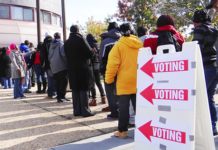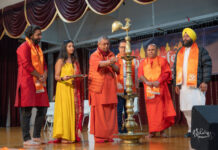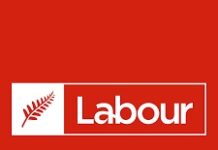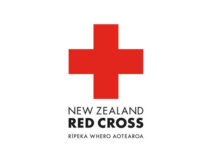Auckland Council’s Public Perceptions of Safety Survey shows 85 per cent of people living in Auckland feel safe in their neighbourhood. The survey, carried out in November 2011, is part of Auckland Council’s commitment to ensuring Aucklanders feel safe in their city. This is the first such survey carried out by the new Auckland Council and while the survey gives a comprehensive view of how Aucklanders perceive safety in their community, it is not based on reported crime statistics. “We want Auckland to become the world’s most liveable city, and feeling safe in our community is a big part of this goal,” says Len Brown.
While these results are outstanding and show most people feel safe in their communities, they also highlight the areas where we can make some real and lasting improvements. One of these is the perception of how safe some areas are after dark. Our community safety team will be working with our partners, such as the Police to ensure we improve safety after dark right across Auckland. Councillor George Wood, Chair of the Community Safety Forum also welcomes the report, to be discussed at the Forum on 31 July. This report will inform Council’s future focus and work in the area of improved safety in local communities. We believe we can make some real improvements in community safety and we’re looking forward to analysing the results and continuing our excellent relationship with Police.
Currently Auckland Council and the Police work together on a number of community safety programmes and initiatives. Including:
* Forming neighbourhood safety plans
* Responding to the needs of marginalised populations and at risk groups
* Responding to anti-social behaviour
* Graffiti eradication, enforcement and education
Surveys like this are invaluable as they show us how well partnerships and new Prevention First strategies are working, says New Zealand Police Assistant Commissioner Allan Boreham. The consistent reduction in emergency calls for service and reported crime across Auckland tell us our city is safer but we also need to know whether that is translating to people feeling safer. Overall the results are very good and confirm our joint safety programmes are making a big difference in people’s lives,” said Mr Boreham. “We are looking forward to working with council and our other partner agencies in continuing this important work.”
Other key findings in the survey are:
* While only five per cent of people feel unsafe in the city centre during the day, this rises to 24 per cent after dark.
* Takapuna is seen as the safest city hub with 98 per cent of people believing it to be safe during the day and 92 per cent at night. Eighty-nine per cent of people see Henderson Town Centre as safe during the day while 92 per cent people feel safe in Manukau City Centre. After dark these numbers drop to 80 per cent and 81 per cent respectively.
* Of the Local Board areas, Great Barrier Island, Waiheke and Hibiscus and Bays are seen as the safest.
* Residents in the Mangere-Otahuhu Local Board feel the least safe with 35 per cent perceiving the area as unsafe.
* Eighty-five per cent see the neighbourhood they live in as safe, whilst 81 per cent see the region as a whole as a safe place.
